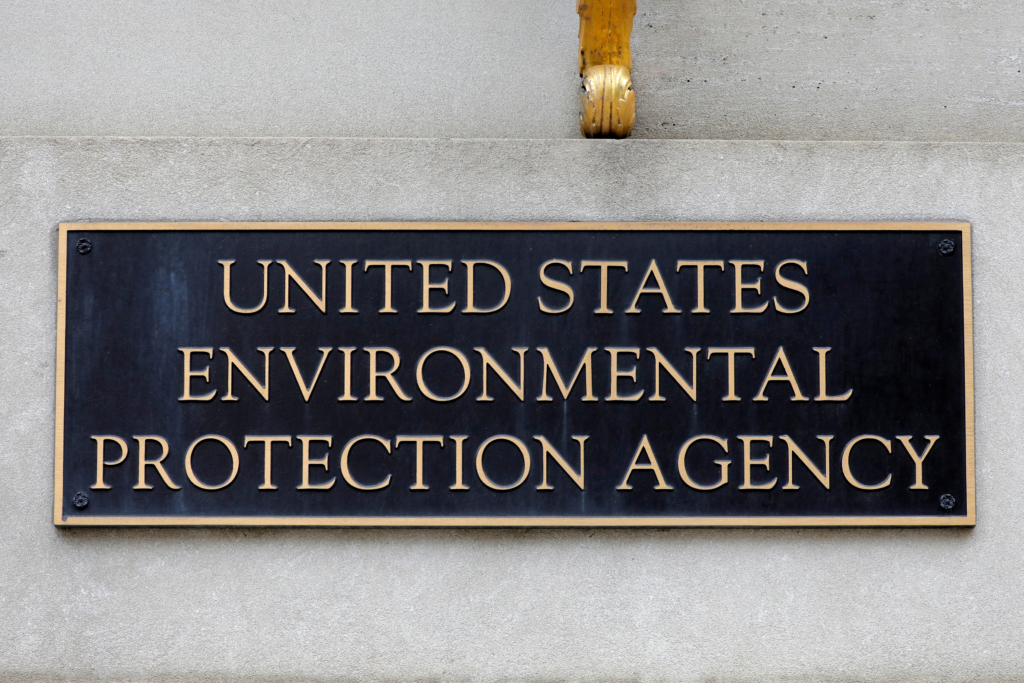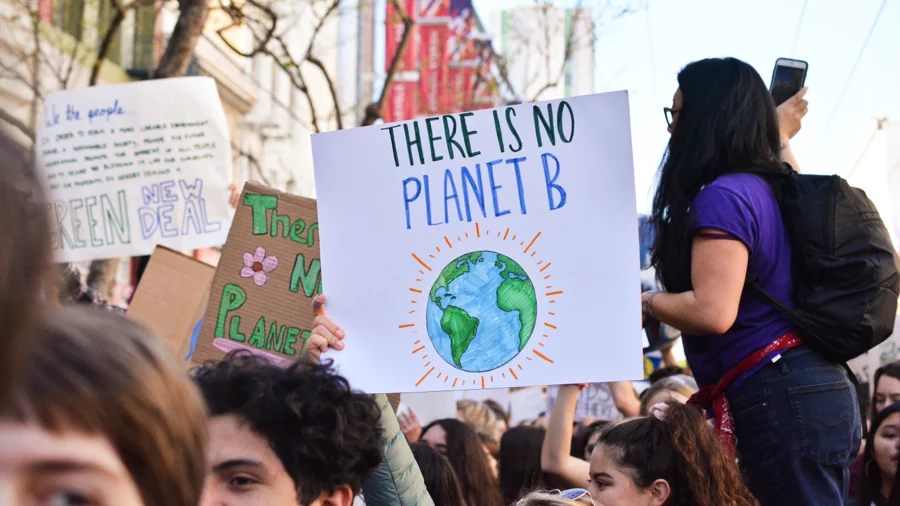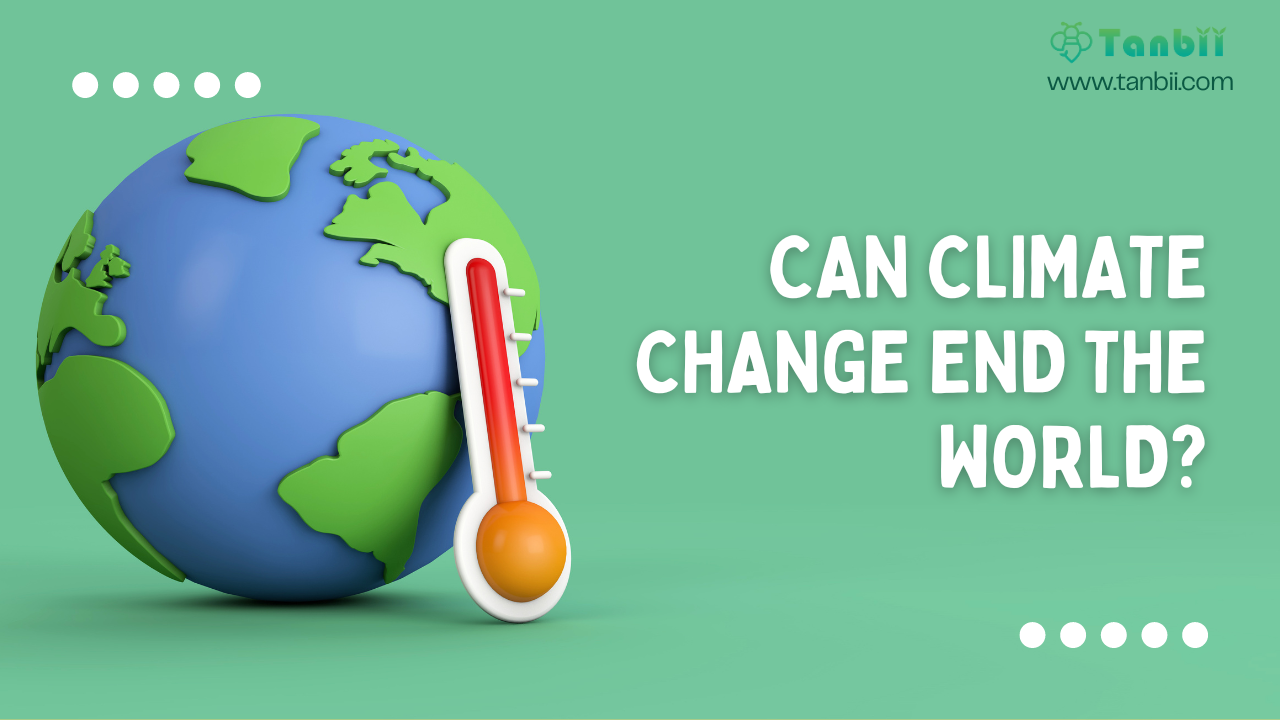Introduction to Earth Day
Earth Day is an annual event celebrated worldwide to demonstrate support for environmental protection. It serves as a reminder of the importance of preserving our planet’s natural resources and fostering sustainable practices. This article delves into the origins, significance, and evolution of Earth Day.
The Origins of Earth Day
Earth Day traces its roots back to the environmental movement of the 1960s. During this time, concerns over pollution, wildlife conservation, and deforestation were growing. Influential books like Rachel Carson’s “Silent Spring” raised public awareness about the detrimental effects of industrialization on the environment.
The Impact of Rachel Carson’s “Silent Spring”

Published in 1962, “Silent Spring” exposed the harmful effects of pesticides, particularly DDT, on ecosystems and human health. The book sparked widespread public concern and prompted calls for environmental action. Carson’s work is often credited with catalyzing the modern environmental movement and laying the groundwork for Earth Day.
Senator Gaylord Nelson’s Inspiration
Inspired by the growing environmental consciousness of the time, Senator Gaylord Nelson, a U.S. Senator from Wisconsin, envisioned a national day dedicated to environmental awareness and activism. He drew inspiration from the student anti-war movement and sought to harness similar energy for environmental causes.
The First Earth Day: April 22, 1970
On April 22, 1970, the first Earth Day was celebrated across the United States, drawing millions of people to rallies, teach-ins, and clean-up efforts. The event galvanized public support for environmental protection and prompted significant legislative action, including the creation of the Environmental Protection Agency (EPA) and landmark environmental laws.
The Environmental Protection Agency (EPA)

Established in December 1970, the EPA is tasked with protecting human health and the environment by enforcing regulations and conducting research. In its early years, the agency focused on addressing air and water pollution, implementing regulations such as the Clean Air Act and the Clean Water Act.
International Recognition and Expansion
Earth Day quickly gained international recognition, spreading to countries around the world and evolving into a global movement. Today, Earth Day is celebrated in over 190 countries, with millions of people participating in environmental initiatives and advocacy campaigns.
Earth Day Today

In the present day, Earth Day continues to serve as a platform for raising awareness about pressing environmental issues, such as climate change, deforestation, and plastic pollution. Events range from tree plantings and beach clean-ups to sustainability fairs and educational workshops.
The Importance of Earth Day
Earth Day plays a crucial role in educating the public about environmental issues and inspiring action at the individual, community, and governmental levels. It serves as a reminder that we all have a responsibility to protect the planet for future generations.
Earth Day Achievements
Over the years, Earth Day has led to significant legislative achievements and environmental milestones, including the phase-out of ozone-depleting substances, the establishment of protected areas, and the promotion of renewable energy sources.
Individual Action and Global Impact
While governments and organizations play a vital role in environmental protection, individual actions can also make a difference. Simple steps such as reducing waste, conserving energy, and supporting sustainable products contribute to a healthier planet and a brighter future.
Challenges Ahead
Despite progress made since the first Earth Day, significant challenges remain, including climate change, habitat destruction, and species extinction. Urgent action is needed to address these issues and ensure a sustainable future for all life on Earth.
Future of Earth Day
Looking ahead, Earth Day will continue to evolve as new generations embrace environmental activism and innovative solutions emerge. The goals remain ambitious: to safeguard the planet’s biodiversity, mitigate climate change, and create a more sustainable and equitable world.
Conclusion
Earth Day serves as a powerful reminder of our collective responsibility to protect and preserve the environment. By working together and taking meaningful action, we can create a brighter future for ourselves and generations to come.
Unique FAQs
- What is the significance of Earth Day? Earth Day raises awareness about environmental issues and promotes action to protect the planet’s ecosystems and biodiversity.
- How can individuals participate in Earth Day? Individuals can participate in Earth Day by attending local events, volunteering for clean-up efforts, reducing their carbon footprint, and advocating for environmental policies.
- What are some legislative achievements resulting from Earth Day? Legislative achievements resulting from Earth Day include the Clean Air Act, the Clean Water Act, and the Endangered Species Act, among others.
- Why is Earth Day celebrated on April 22nd? Earth Day is celebrated on April 22nd to coincide with the spring equinox, symbolizing a time of renewal and growth in the natural world.
- What are some ongoing environmental challenges addressed by Earth Day? Ongoing environmental challenges addressed by Earth Day include climate change, deforestation, habitat loss, and pollution.
Join the Tanbii Community
Interested in learning more about sustainability? Join the Tanbii Community and Download Tanbii App now! Together, let’s make sustainable choices for a better future.



